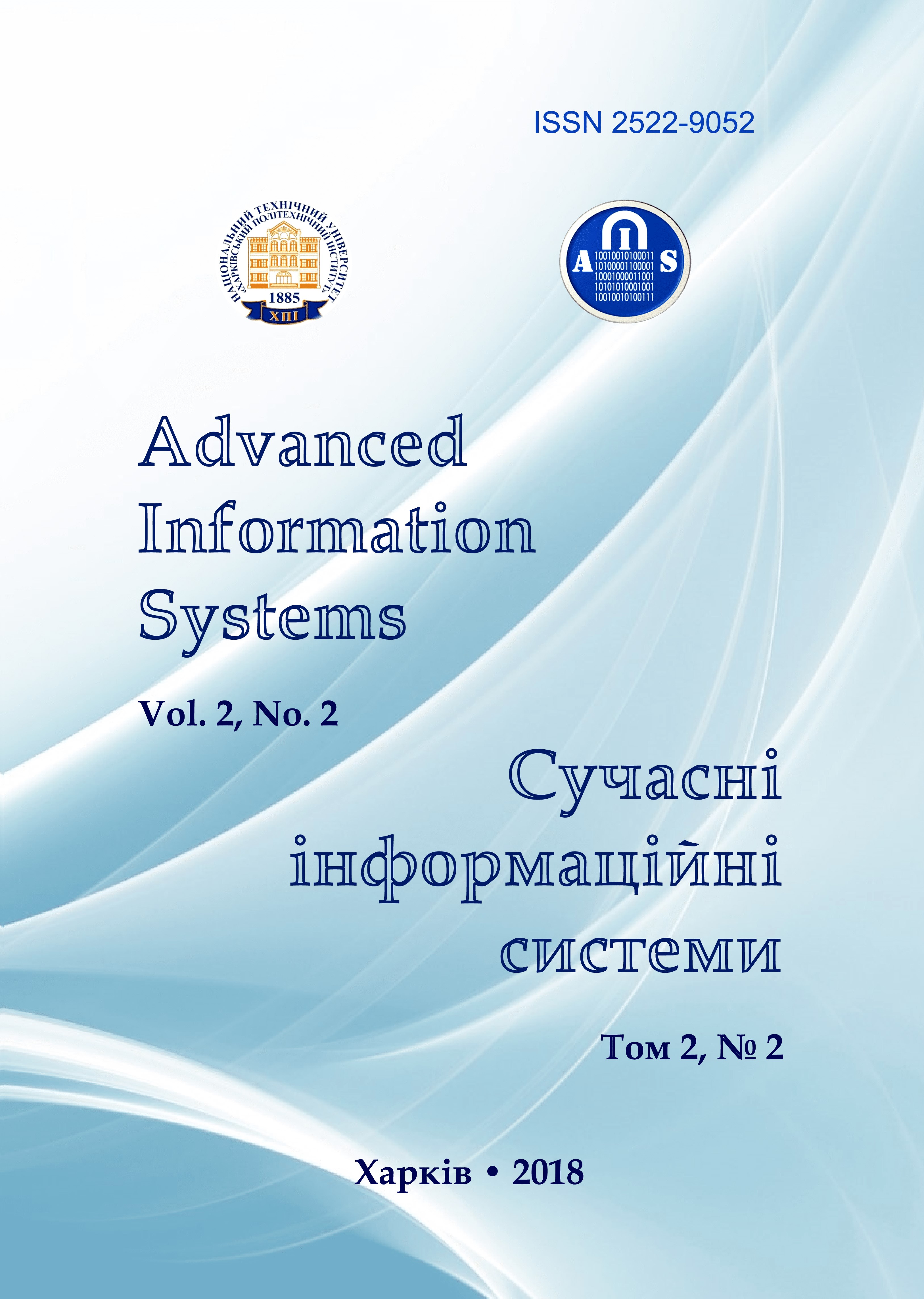EXPERT-ANALYTICAL FORECASTING OF NUCLEAR DAMAGE FOCI ON THE MONITORING ISSUES OF MILITARY CHARACTER EMERGENCY SITUATIONS
Main Article Content
Abstract
Relevance. The problem of complex assessment of possible boundaries of nuclear damage in military character emergency situations is considered. The aim of the work is to determine the "necessary and sufficient" parameters of a nuclear explosion and to assess their contribution to identification problems of nuclear foci, identify their features and boundaries, assess the doses of gamma-neutron exposure of the population, and effectively distribute forces and facilities for actions in nuclear foci. Method. In order to correctly assess the situation in the nuclear foci and plan the necessary measures, it was evaluated the contribution of the output "necessary and sufficient" parameters for detecting a nuclear explosion of different power, shape and type of ammunition according to the measurability criteria using the hierarchy analysis method of T. Saati adapted for the problems under consideration. The advantage of using the hierarchy analysis method for complex assessment of possible nuclear foci in military character emergency situations is the possibility of finding the weight coefficients of each element of a complex hierarchical system, taking into account their interrelationships and mutual influence through pairwise expert comparisons. The received weights (priorities) on levels of hierarchy allow to define the contribution of elements of the bottom level on achievement of the purpose which is formulated on the top level. The process of assessing boundaries of nuclear damage is proposed in the form of three tasks according to the criteria: type of nuclear explosion, TNT equivalent and type of ammunition, which represent a complex expert-analytical assessment of the damaging factors of a nuclear explosion. Results. The paper presents the results of expert-analytical assessment of possible boundaries of nuclear damage in emergency situations of a military nature in the context of uncertainty of the initial information in the detection of nuclear explosions. Conclusions. The need to take into account the spectrum of neutron radiation in the prediction of nuclear foci is confirmed as "sufficient" information with the aim of making adequate and effective predictions of nuclear foci. It is determined that when assessing nuclear foci, both on the basis of the type of nuclear explosion, its power, and the shape of nuclear munition, it is better to predict and manifest (identify) the source of radiation-mechanical damage. When a combined radiation damage and radiation damage is detected in a "pure" form, the best criterion is based on the type of nuclear munition.
Article Details
References
Vasilenko, O.I. and Vasilenko, I.Y.,(2004), “Nuclear weapons of the new generation and its radiation-hygienic aspects”, Atomic Energy Bulletin, No. 1, pp. 60–62.
Levshin, V.I, Nedelin, A.V. and Sosnovskiy, M.E. (1999), “On the use of nuclear weapons for the de-escalation of hostilities”, Military thought, No. 3(5-6), pp. 34–37.
Belous, V. (1996), “Tactical weapons in new geopolitical conditions”, Nuclear control, No. 14, pp. 2-7.
(1977), “Neutron weapons and the nature of its impact”, Civil Defense, No. 6, pp. 98.
Sokov, N. (1997), “Tactical nuclear weapons: new geopolitical realities or old mistakes”, Nuclear control, No.26, pp. 12-19.
Cherniavskiy, I.Y., Marushchenko, V.V. and Matykin, A.V. (2016), “Assessment of radiation injury by predicting dose loadings according to combat capability sensor”, Systems of Arms and Military Equipment, Scientific and Technical Journal, Ivan Kozhedub Kharkiv National Air Force of Ukraine, No. 1(45), pp. 125–133.
Cherniavskiy, I.Y., Tyutyunik, V.V. and Kalugin, V.D. (2016), “Analysis of the conditions for the creation of a system for identifying and assessing the level of radiation safety of the vital activity of the population in emergency situations of a military nature”, Collection of scientific works, Problems of emergency situations, National University of Civil Protection, No. 23, pp. 168– 185.
Cherniavskiy, I.Y. (2015), “Military dosimetry as system of identification and assessment of radiation situation”, Science and Technology of Air Force of Ukraine, Scientific and Technical Journal, Ivan Kozhedub Kharkiv National Air Force of Ukraine, No. 4(21), pp. 126–133.
Kutsenko, S.A., Butomo, N.V. and Grebenyuk, A.N. (2004), Military toxicology, radiobiology and medical protection, Publishing House “Foliant”, St. Petersburg, 528 p.
Khoruzhenko, A.F. (2014), “Combined radiation injuries in emergency situations of civil and military time”, Civil Protection Strategy: Problems and Research, No. 1 (4), pp. 310–323.
Recommendations on the assessment of the consequences of the impact of the detrimental factors of a nuclear explosion on the personnel of troops, naval forces, civil defense formations and the population, Order N.310 of the Ministry of Defense of the USSR, 1983, 43 p.
(1977), Instruction on diagnostics, medical sorting and treatment of acute radiation damage, Ministry of Health of USSR, 29 p.
(2013), Clinical recommendations for the provision of medical care to victims of ionizing radiation in emergency situations, Ministry of Health of the Russian Federation, Moscow, 72 p.
Gozenbuk, V.L., Keirim-Marcus, I.B., Savinskiy, A.K. and Chernov, E.N. (1978), Dose load per person in fields of gamma-neutron radiation, AtomPublishing, Moscow, 168 p.
Cherniavskiy, I.Y., Marushchenko, V.V., Gaydabuka, V.Y., Pisarev, S.A., Men'shov, S.N. and Matikin, V.B. (2016), “Biological aspects of impulse exposure of radiation factor which has military nature”, Information Processing Systems: Scientific Works of National Air Force University, No. 5(142), pp. 193–201.
Saaty, T. and Kerns, K. (1991), Analytical Planning. The Organization of Systems, Radio and communication, Moscow,
p.
Saaty, T. (1993), Making decisions. Method for analyzing hierarchies, Radio and communication, Moscow, 320 p.
Anishchenko, L.Y., Sverdlov, B.S. and Pisnya, L.A. (2009), “Choice of environmentally safe version of the ship's course on the basis of multi-criteria complex impact assessment using expert-analytical procedures”, Collection of scientific works, Ukrainian Research Institute of Ecological Problems, рр. 38-60.
